The Tour de France goes to Hell – cobbles preview
GC contenders right to fear stage 9 from Arras to Roubaix
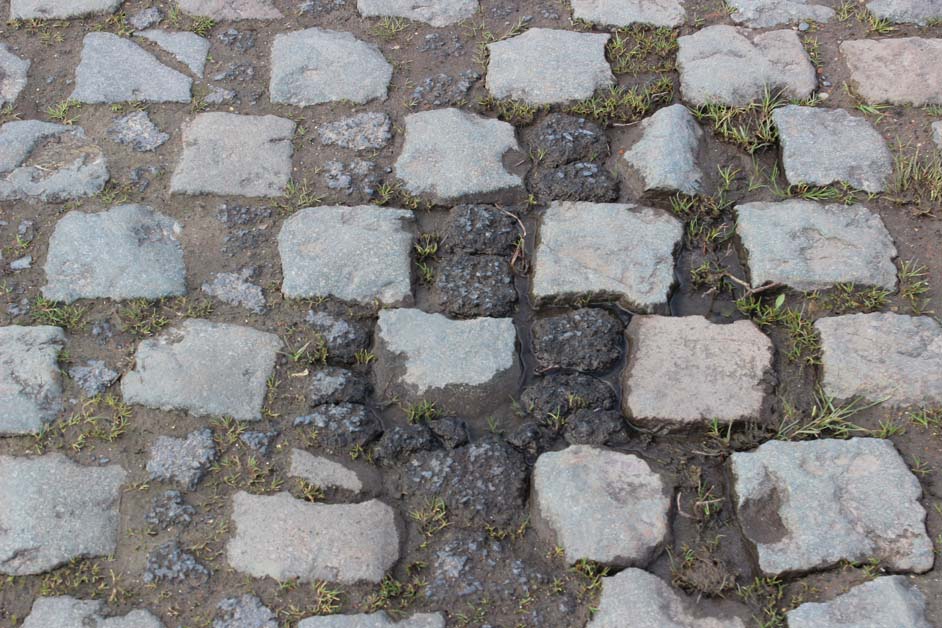
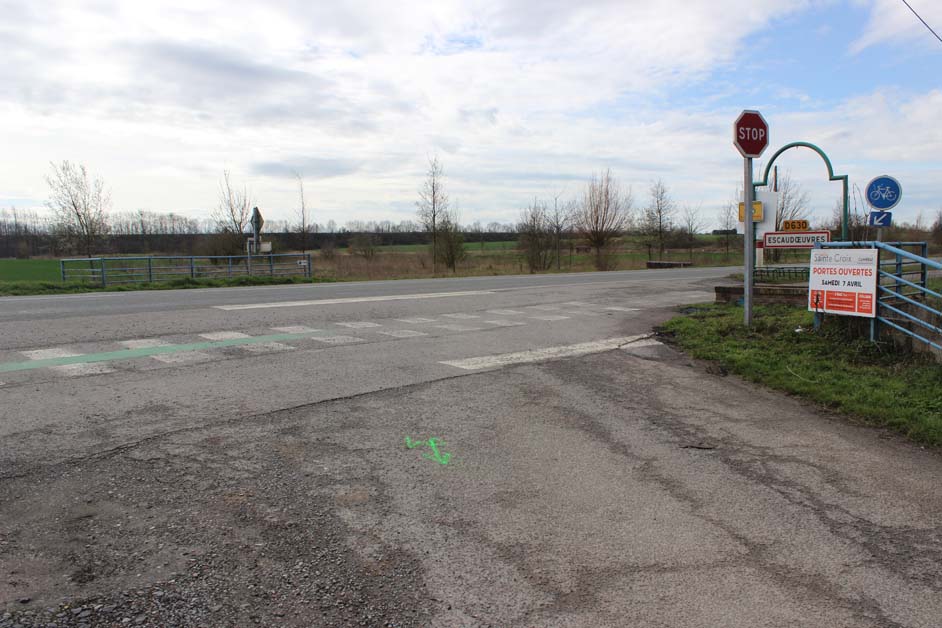
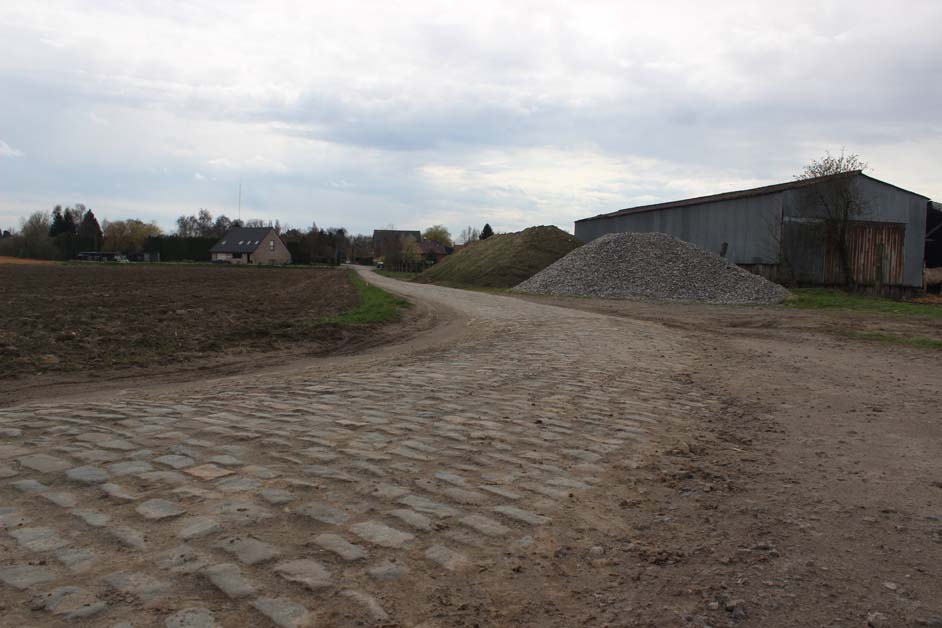
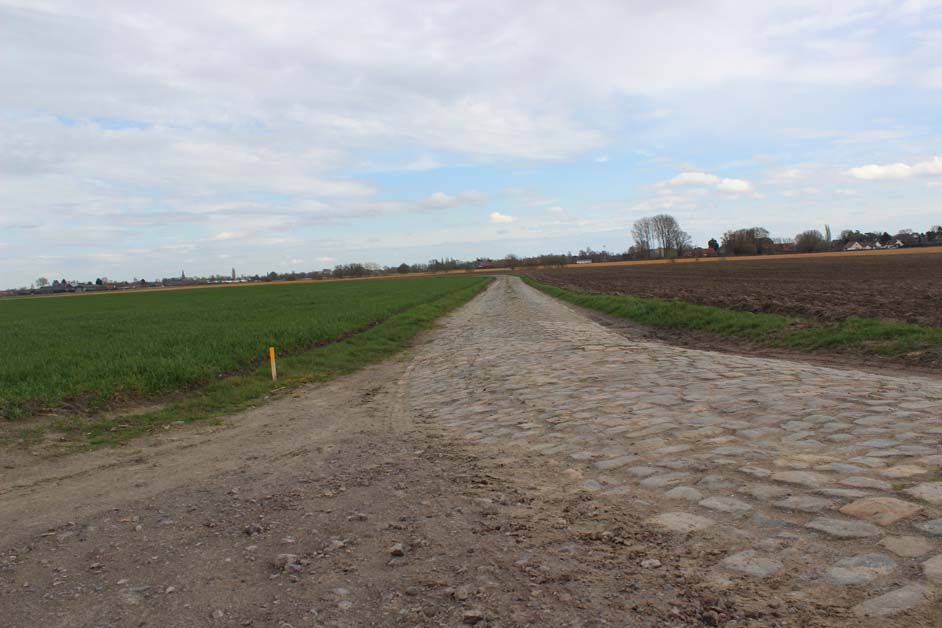
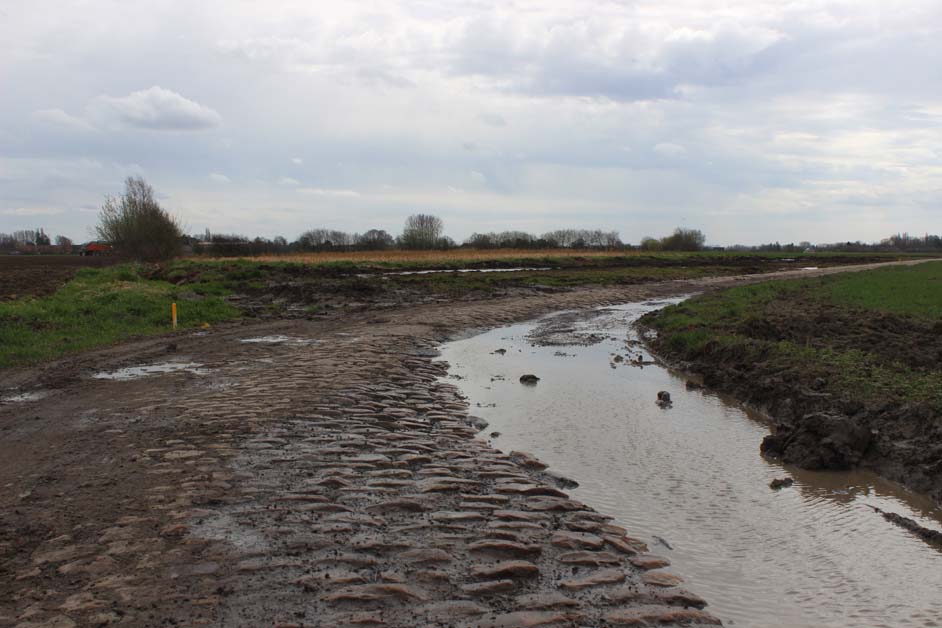
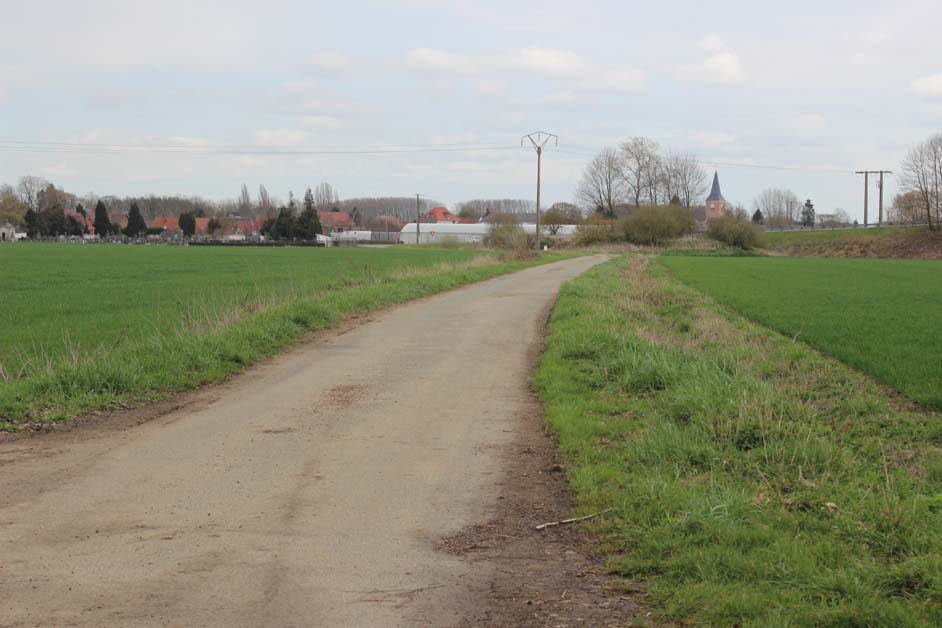
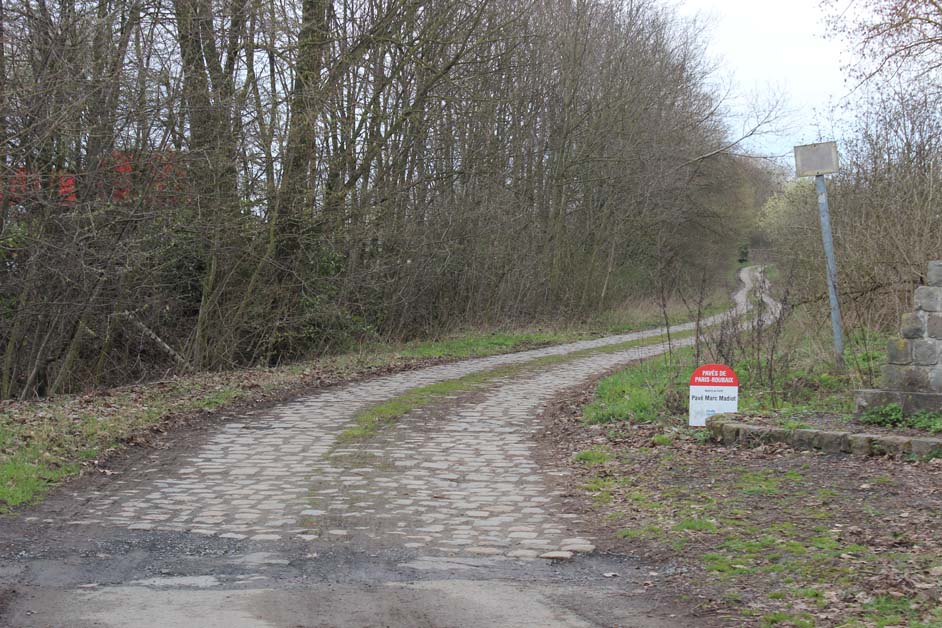
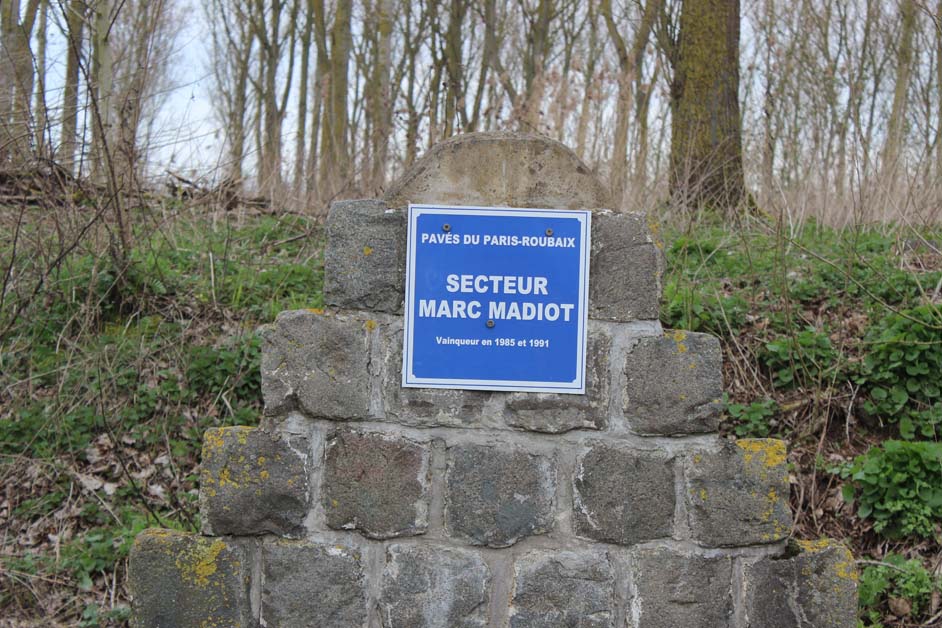
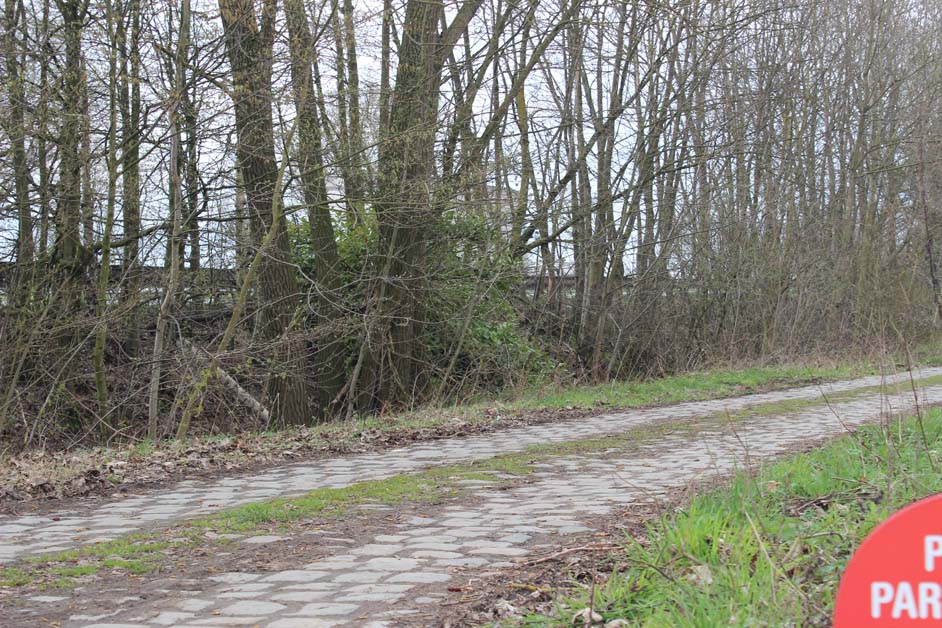
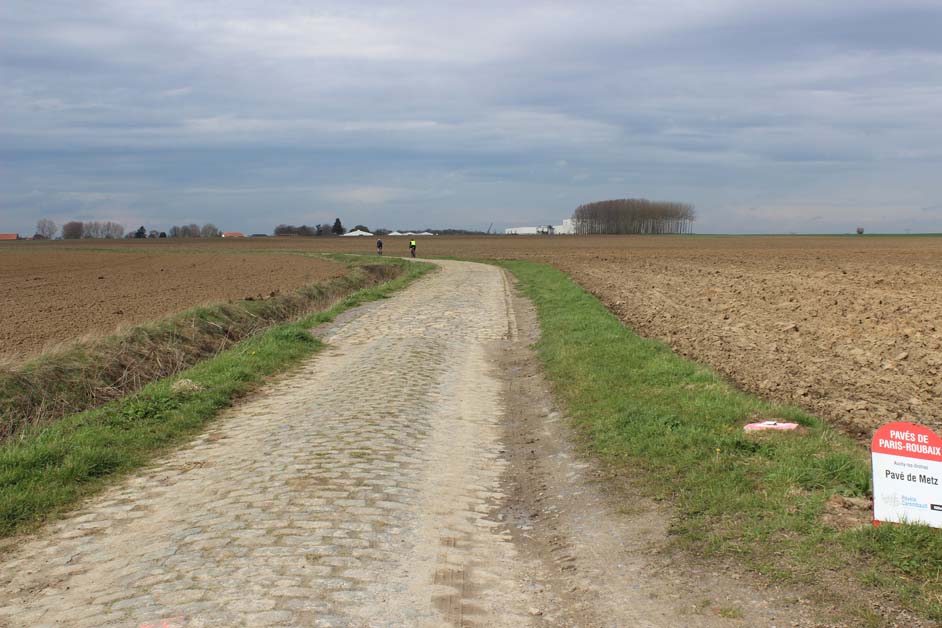
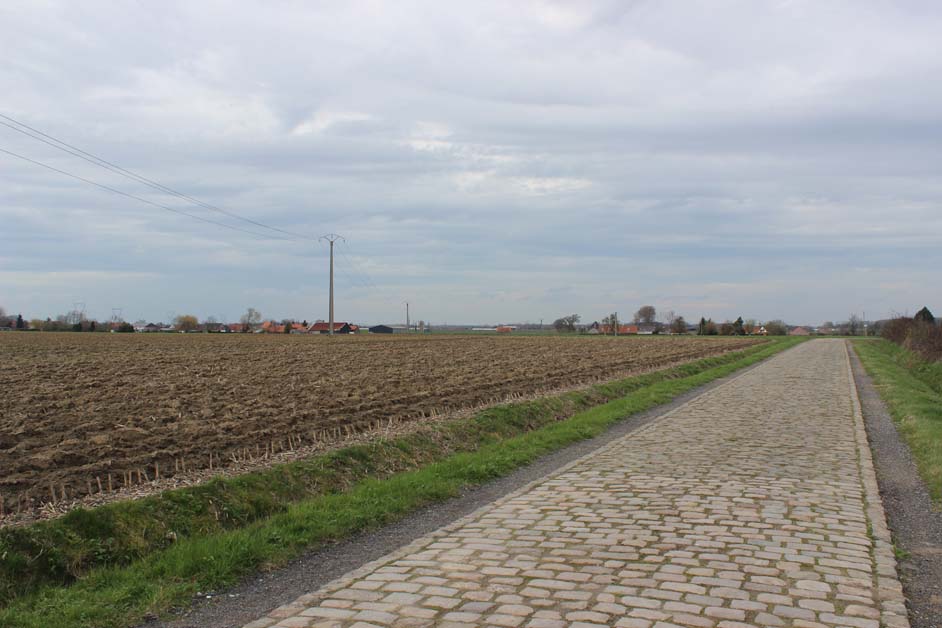
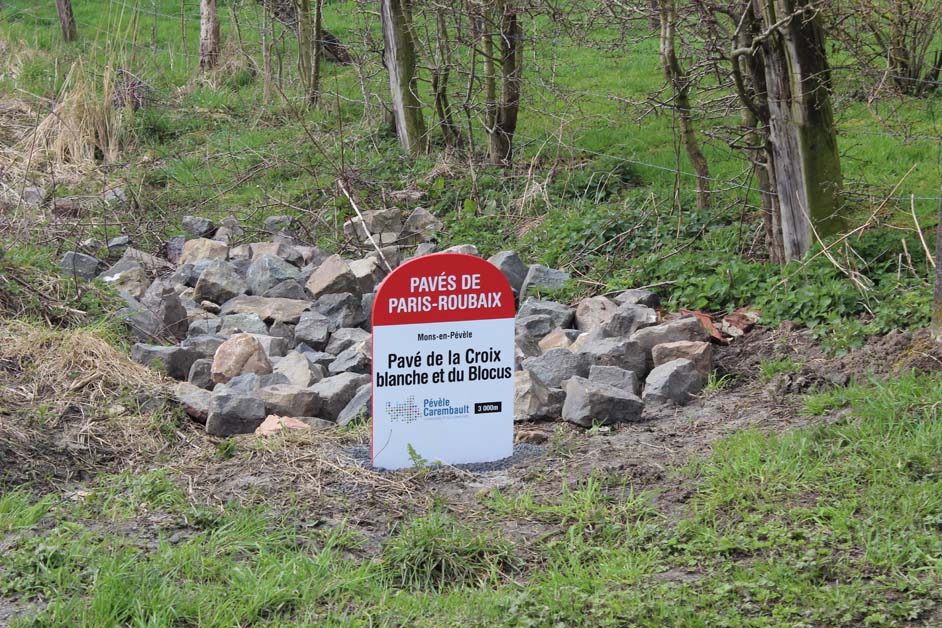
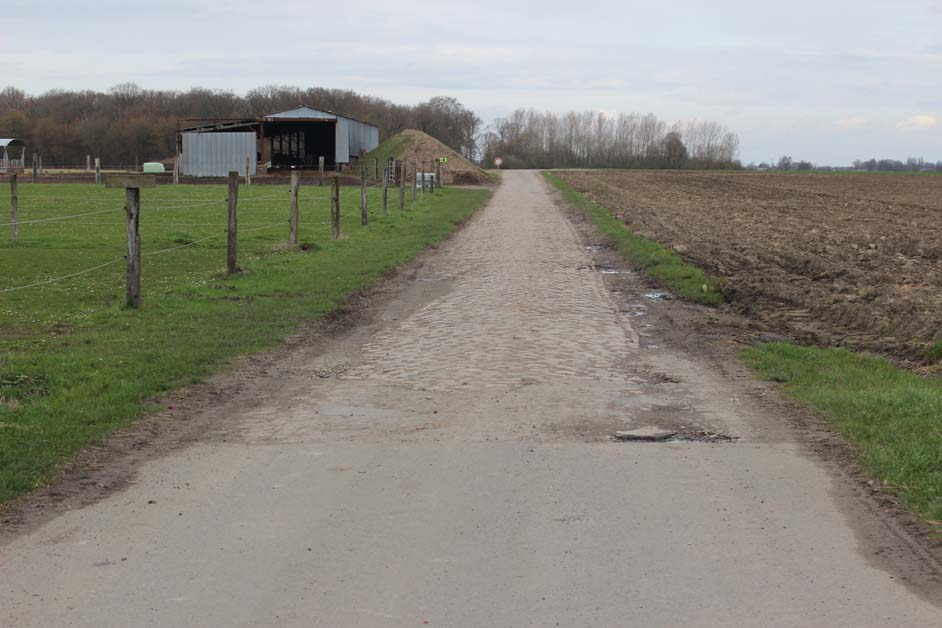
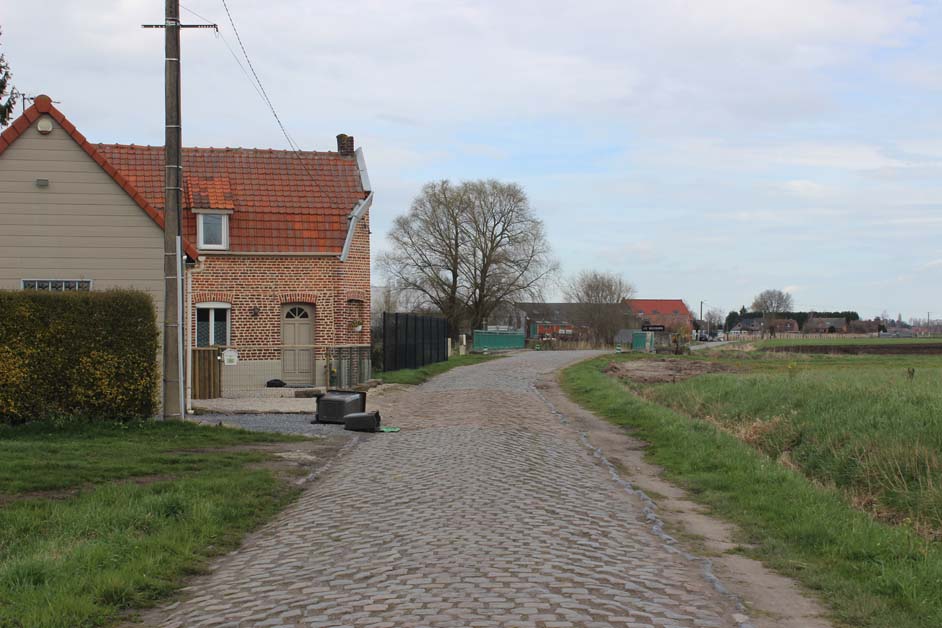
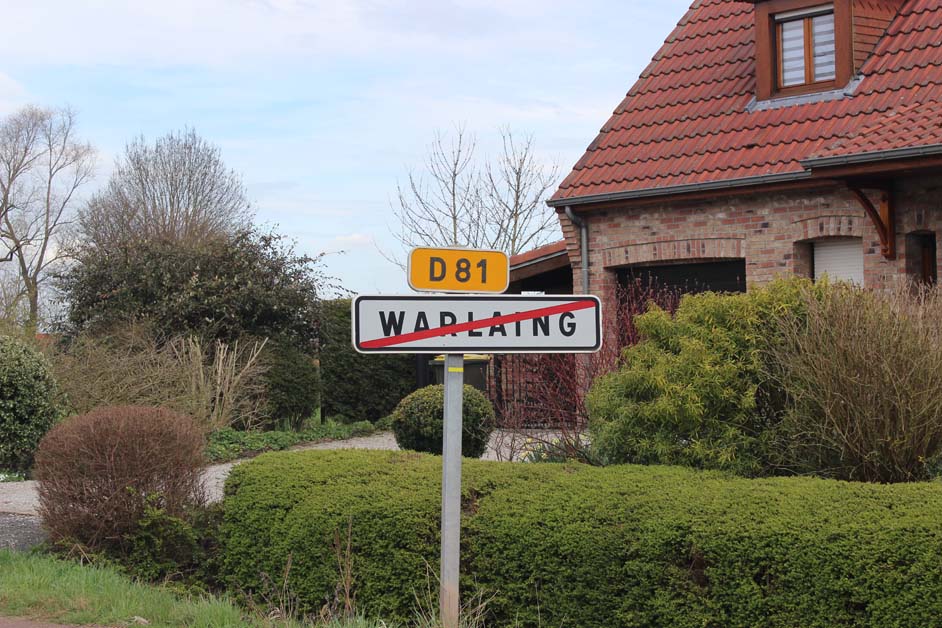
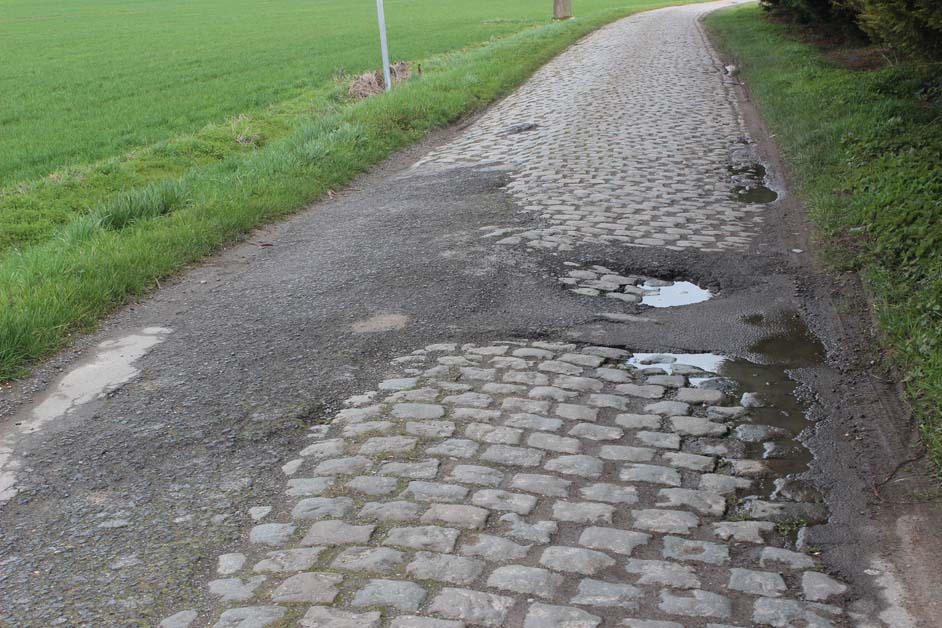
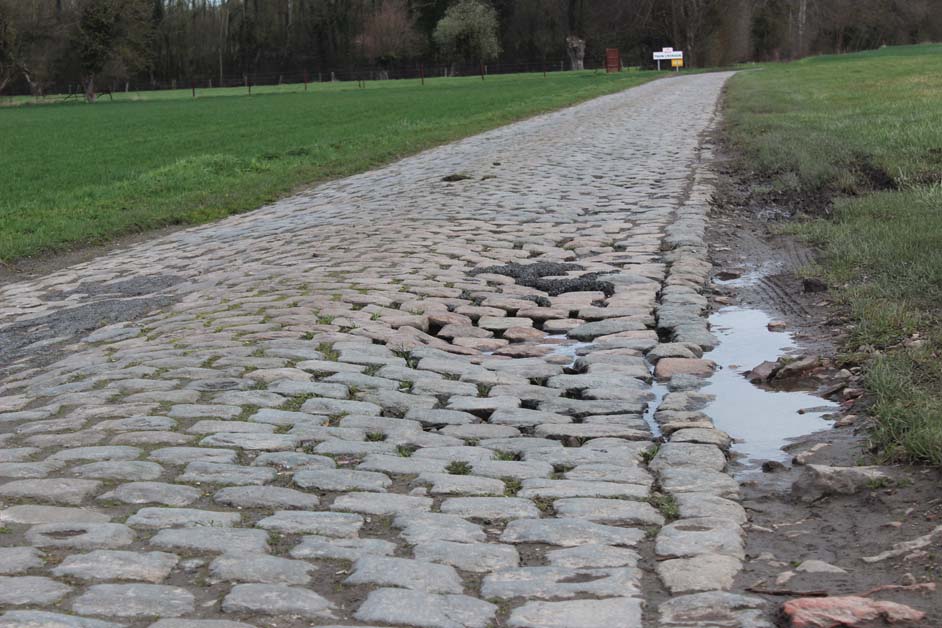
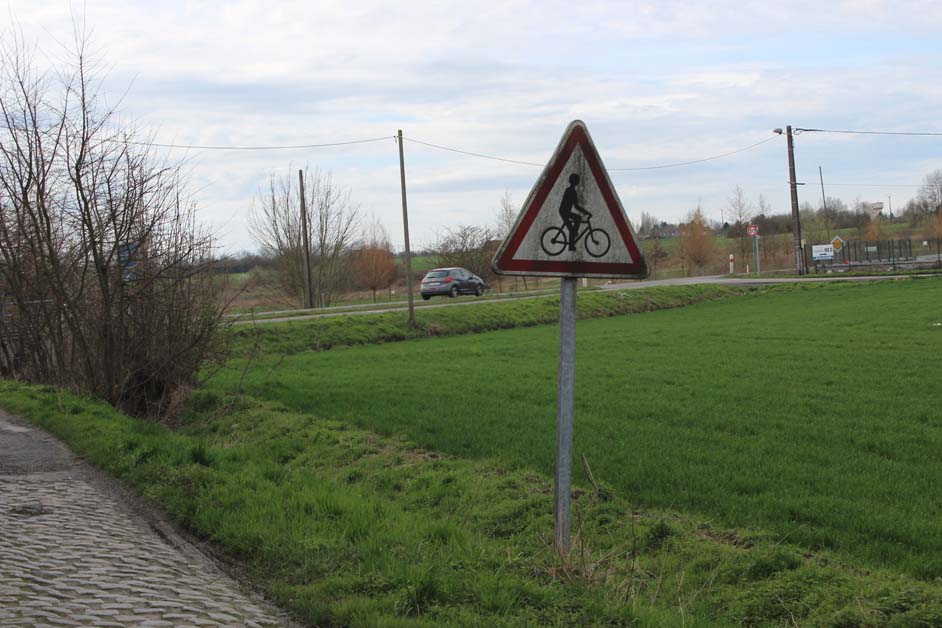
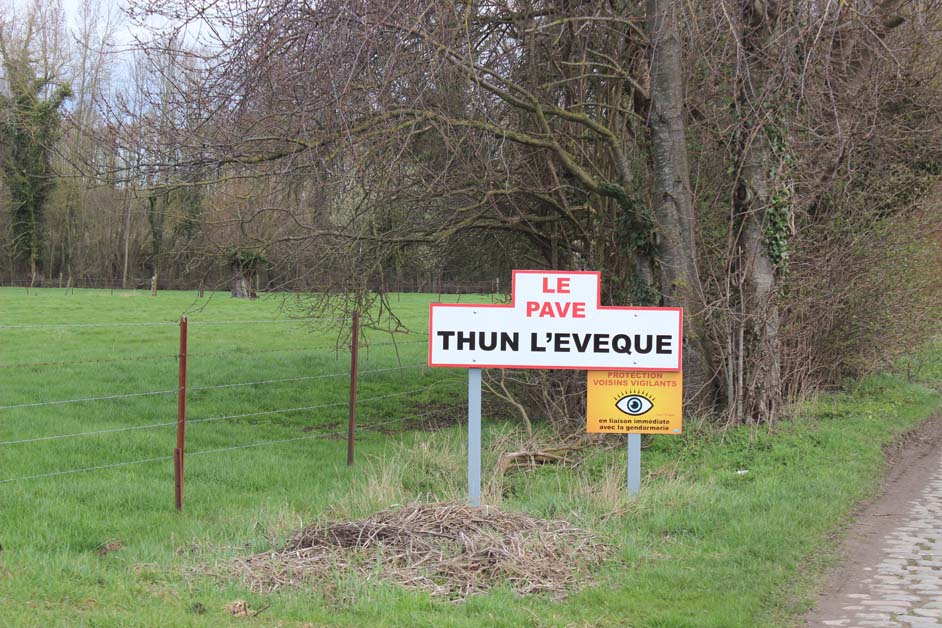
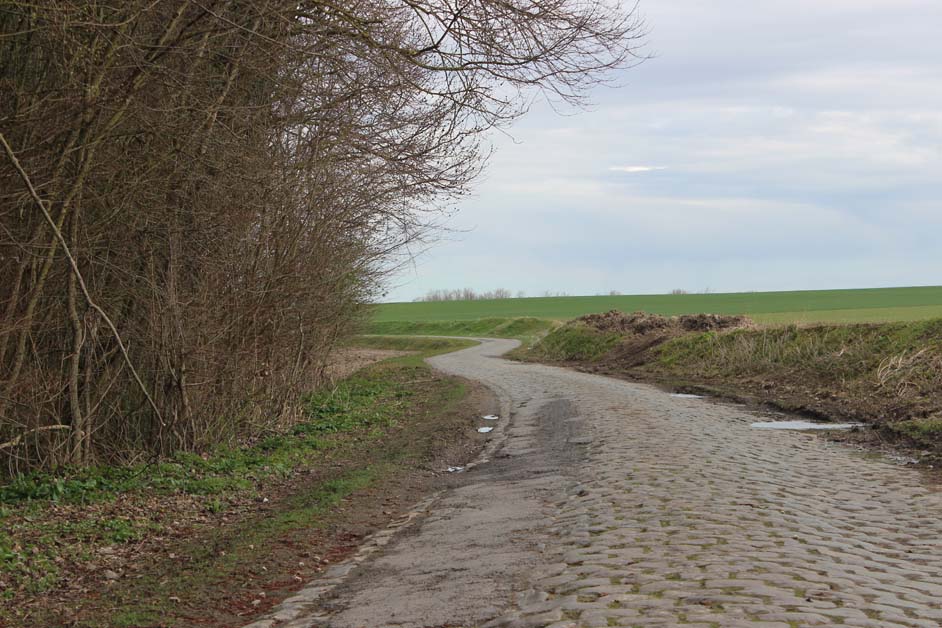
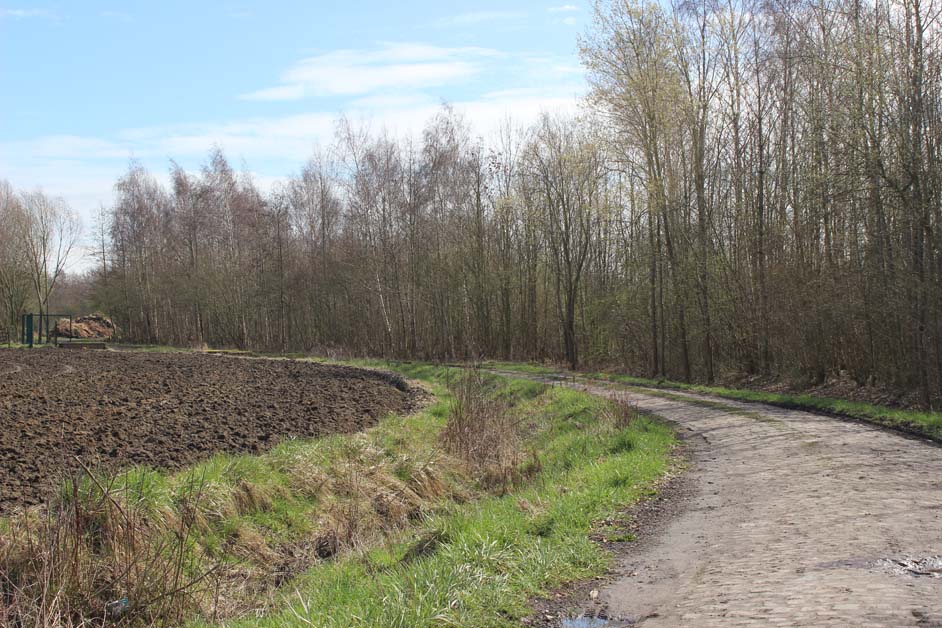
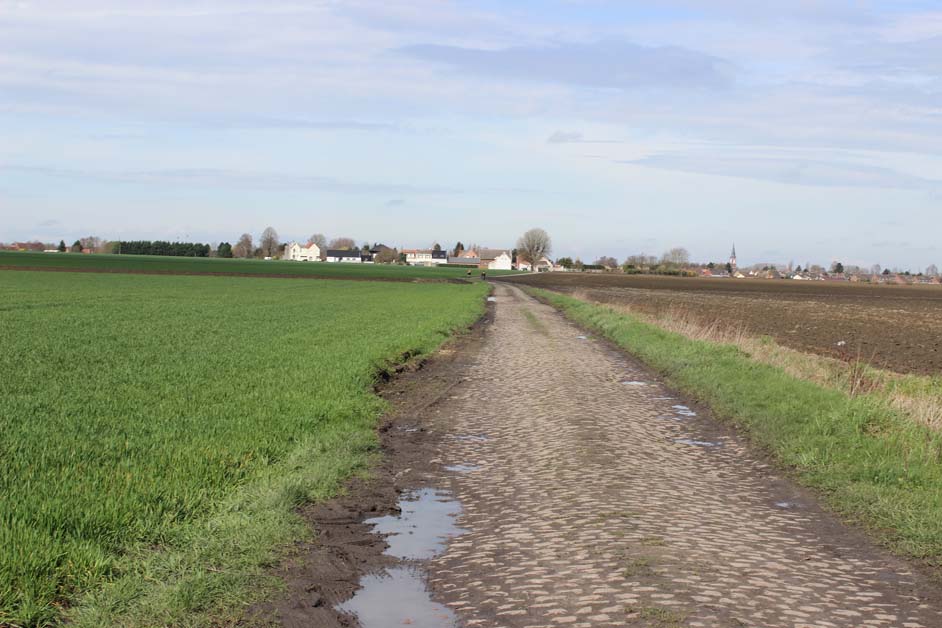
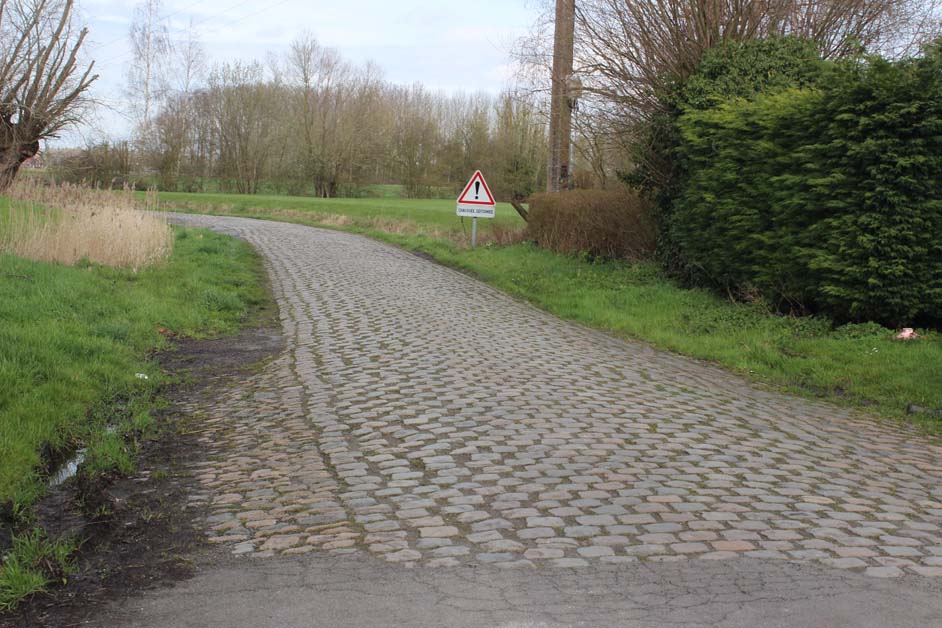
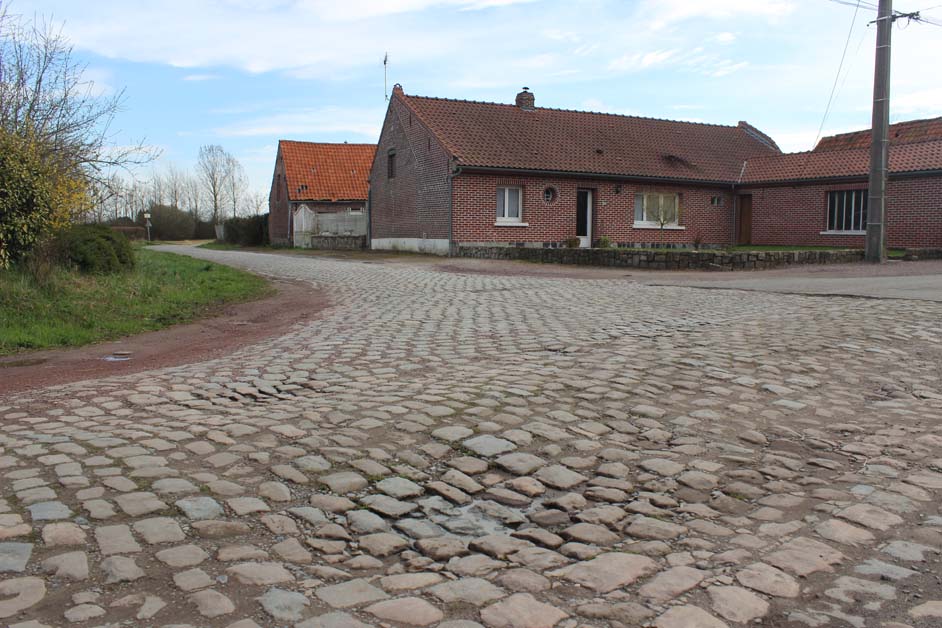

In a week that has delivered plenty of pitfalls for the overall contenders, there remains one final hurdle for them to conquer before they can breathe a sigh of relief on the first rest day of the 2018 Tour de France.
Vincenzo Nibali: 2018 Tour de France cobbles more dangerous than recent years
Tour de France: Vanmarcke all in for Uran over Roubaix cobbles
Phinney predicts 'gnarly' cobbled stage on Sunday
Vincenzo Nibali hoping to repeat his Roubaix cobbles attack of 2014 Tour de France
Adam Yates surrounded by Classics experts for Tour de France cobbled stage
As hurdles go, stage 9 is a pretty big one, with a mighty 21.7 kilometres of pavé across 15 sectors. The Tour de France steered clear of the cobbles for many years, but it is the fourth time that the race will visit the pavé since Christian Prudhomme became its director in 2007, with this the toughest test the race has set before the riders.
In each of the past three cobbles appearances, at least one of the general classification contenders has seen their challenge ended – and some more abruptly than others. Frank Schleck had an early shower in 2010 when he broke his collarbone following a fall on the pavé. Four years later, Chris Froome didn't even make it to the cobbles when he was forced to step into the team car after his second crash in two days, which left him with a broken wrist.
Though he briefly lost the yellow jersey, Froome's reunion with the cobbles in 2015 went much better than it had on his pavé debut. However, Thibaut Pinot's general classification suffered a fatal leak in the hull. Pinot had already given away quite a bit of time the previous day, but two mechanicals put paid to any hope he had of salvaging his position.
With at least six more kilometres of the rough stuff than in any of the previous Roubaix-esque stages, this year is unlikely to be any different when it comes to killing off the hopes and dreams of at least one Grand Tour contender.
A mini Paris-Roubaix
Since the route was unveiled last October, stage 9 has been dubbed a 'mini Paris-Roubaix', and with 12 of the sectors featuring in this year's 'Hell of the North', the comparison seems just.
The race will roll out of Arras just after midday and head south-west towards Cambrai, before taking a sharp turn north to begin the relentless assault of pavé. The peloton will have close to 50 kilometres to steel themselves before taking a 90-degree turn off the D630 onto the opening sector from Escaudoevres to Thun. This and the subsequent two sectors are the only ones on stage 9 that didn’t play a part in April's Paris-Roubaix.
Get The Leadout Newsletter
The latest race content, interviews, features, reviews and expert buying guides, direct to your inbox!
As pavé goes, this is not too challenging, with a small crown and a relatively even layout. There are a few corners to contend with and dips at the side that could catch a few riders out, but the biggest challenge could well be the wind. The sector is quite exposed, and when Cyclingnews reconned the route in April, there was a good breeze blowing across it.
There will not be much respite for the riders with sector 14 coming up very quickly afterwards. The run-in is much smoother as the road transitions from tarmac to cobbles along the Route d'Eswars. It's marginally narrower than the run from Escaudoevres, and the higher embanking will make it feel tighter again. Wind again could play a factor, too, with wide-open fields as far as the eye can see on either side.
An intermediate sprint between sectors 14 and 13 will break things up before they hit the cobbles again. Back in April, many of the cobbled sectors were caked in mud, but that should be far from a problem with 30 degrees Celsius expected on Sunday.
Sector 13 laces its way through the countryside with some sharp turns and slight changes across its 900-metre length. This is the last of the 'new' sectors with the remaining cobbles having all been part of the 2018 Paris-Roubaix. This mini-Roubaix joins up with the route at the two-kilometre-long Warlaing to Brillon stretch, which was the 14th of 29 sectors in The Hell of the North.
By joining here, the course misses out some of the more challenging pavé, including the formidable Trouée d’Arenberg, although it still includes three sectors that were given four-star ratings in April. The first of those is the 2.4-kilometre stretch from Tilloy to Sars-et-Rosières, which is the fifth offering of the day. The run onto this sector is arrow straight, but the cobbles themselves make a sharp turn to the right very soon after they begin. There is another hard turn to the left close to the end.
Next on the menu is the undulating Beuvry to Orchies (also known as the Pavé Marc Madiot) before the next four-star sector from Auchy to Bersée. At 2.7 kilometres, it is far and away the longest stretch on the stage. The cobbles vary in quality along the snaking stretch, but it is its length that will test the riders.
From there, the peloton will move onto Mons-en-Pévèle, although it will be a slightly watered down version of the famous sector. The riders will only tackle 900 metres of it, leaving out the longer and more challenging part of the route.
The course will continue to wind its way north with only a handful of kilometres, sometimes much less, separating each of the cobbled sections. The third four-star sector the riders will face is the penultimate one of the day. Camphin-en-Pévèle comes with 17 kilometres to go, and is lengthy at 1.8 kilometres. It's a twisting sector with a high crown in the centre of it, so you can expect the gutter to be liberally used.
The final sector is the 1.4-kilometre run from Willems to Hem, which comes just eight kilometres from the finish. The riders will not take on the short 300-metre sector in Roubaix itself as they make their way towards the Roubaix velodrome. The stage won't finish in the velodrome itself but on the adjacent Avenue Maxence Van der Meersch.
The contenders, GC and otherwise
For some of the general classification contenders, Sunday will be about putting time into their rivals. But for most, it will be about survival. Alhough 2015's cobbled stage didn't result in much in the way of gaps, this year's tougher stage should see some bigger gaps on the general classification.
Having added a further second to his advantage thanks to a time bonus on stage 8, Greg Van Avermaet (BMC Racing) goes into this stage leading the race by seven seconds from Team Sky's Geraint Thomas. Winner of The Hell of the North in 2017, Van Avermaet has the rare opportunity of winning a stage in the yellow jersey. He should get through this day still in the maillot jaune, but Thomas has finished in the top 10 at Paris-Roubaix in the past, and it won’t be easy to shake the Welshman.
While the yellow jersey, and the stage win, will be in the sights of both Thomas and Van Avermaet, the pair will have to keep one eye on their respective team leaders Chris Froome and Richie Porte. In theory, Thomas has protected status within the team, but if push comes to shove, you have to imagine that he could be drafted in to assist four-time Tour champion Froome.
Porte starts the day 57 seconds down in the overall classification, while Froome is a further nine seconds back on the Australian. Froome's first encounter with the cobbles at the 2014 Tour famously didn't go very well, but it ran much smoother the second time around. If he can hold onto Thomas' wheel then he should be able to make up some of the time he lost in the opening week. The same goes for Porte and Van Avermaet.
Former Paris-Roubaix podium finisher Sep Vanmarcke (EF Education First-Drapac) will not have the same freedom as Van Avermaet and Thomas as he has been told, in no uncertain terms, that he is to work for team leader Rigoberto Uran. After Thomas, Uran is the best placed of the outright GC contenders at 49 seconds back, with Movistar's Alejandro Valverde six seconds behind him.
Valverde performed well on the Dwars door Vlaanderen cobbles in the spring, and even mulled over a start at the Tour of Flanders, but the cobbles en route to Roubaix are a different story altogether. Of the Movistar riders, Valverde seems to be the most comfortable on the pavé. UAE Team Emirates' Dan Martin, meanwhile, will have a tough time on the cobbles after crashing on stage 8.
The rain during the 2014 cobbled stage made it possibly the Tour's toughest pavé feast until now. Two riders in this year's pack excelled on that day: Jakob Fuglsang (Astana) and Bahrain-Merida's Vincenzo Nibali. The pair were working together on the same Astana team that year, but that's no longer the case. Both are known for their handling skills, and should be able to hold themselves well when things get difficult. They could even make up time if there are big splits.
In terms of the stage win, Quick-Step Floors have a plethora of options on this, their preferred parcours. Green-jersey holder Peter Sagan (Bora-Hansgrohe) won Paris-Roubaix for the first time this season, and will be looking to 'do the double'. Keep an eye on Trek-Segafredo's John Degenkolb and Jasper Stuyven, too, and on Silvan Dillier (AG2r La Mondiale), who finished second to Sagan in Roubaix in April.
As with Paris-Roubaix, the only certainty is that luck is going to play a big part in how the day plays out.
Born in Ireland to a cycling family and later moved to the Isle of Man, so there was no surprise when I got into the sport. Studied sports journalism at university before going on to do a Masters in sports broadcast. After university I spent three months interning at Eurosport, where I covered the Tour de France. In 2012 I started at Procycling Magazine, before becoming the deputy editor of Procycling Week. I then joined Cyclingnews, in December 2013.